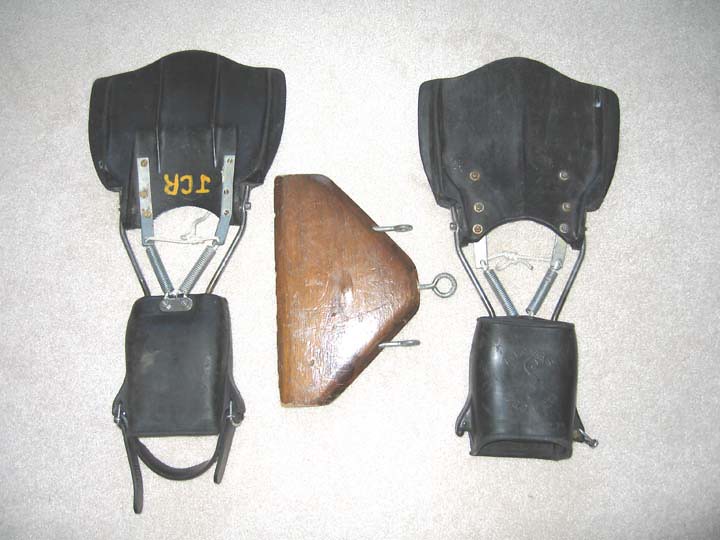jadairiii
Contributor
- Messages
- 1,378
- Reaction score
- 2,102
This thread should be fun. Innovation in the early days of diving saw some weird or crazy products that made it to market, and in this thread, these had to have made it to market, no custom stuff.
My first entry is the "Buddy Connector", 1976. Octopus regulators were just becoming the norm, so Sound Wave Systems came out with this. Technically, we later saw this with Air 2's and other Inflator/back up reg designs. But this was specifically, run out of air, unplug your 2nd stage and plug it into your buddy's dedicated hose (hoping your buddy has one). Cant imagine what it did to the performance of the regulator? The price was $24.50, about half the price of an octo in 1976, new. But you could buy a used 2nd stage for that price or cheaper.

My first entry is the "Buddy Connector", 1976. Octopus regulators were just becoming the norm, so Sound Wave Systems came out with this. Technically, we later saw this with Air 2's and other Inflator/back up reg designs. But this was specifically, run out of air, unplug your 2nd stage and plug it into your buddy's dedicated hose (hoping your buddy has one). Cant imagine what it did to the performance of the regulator? The price was $24.50, about half the price of an octo in 1976, new. But you could buy a used 2nd stage for that price or cheaper.












